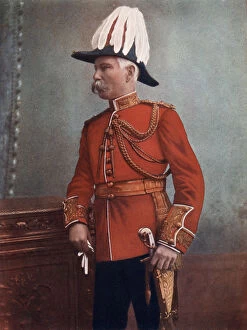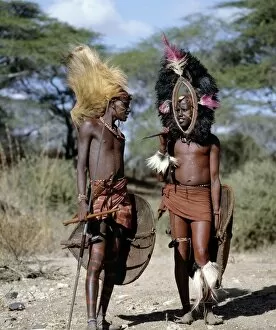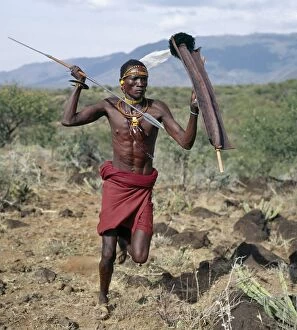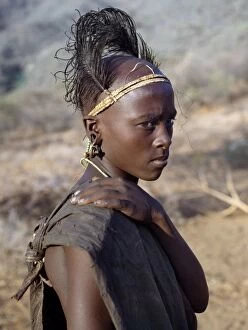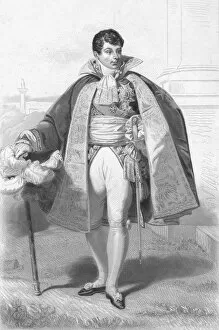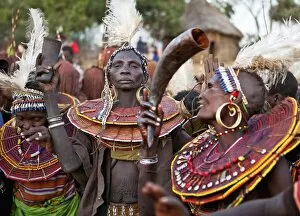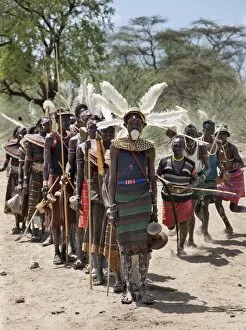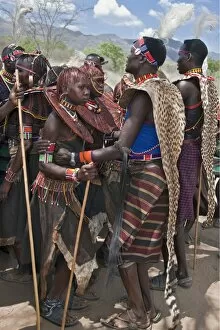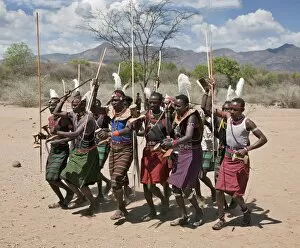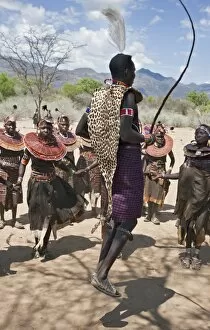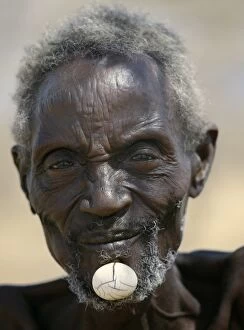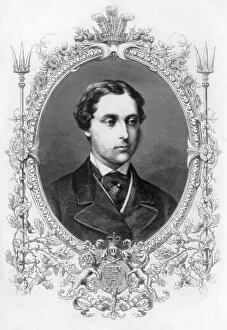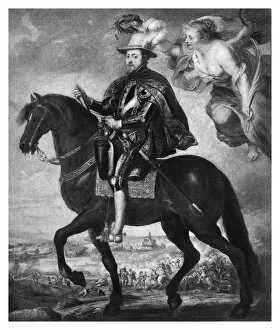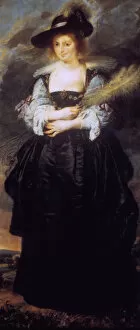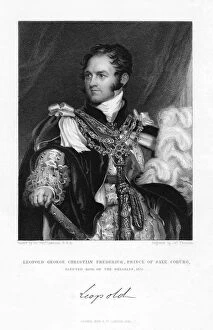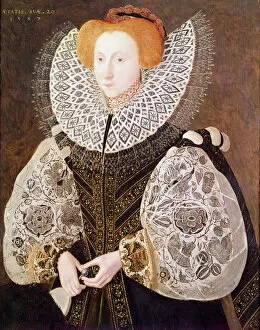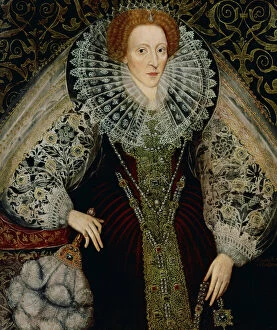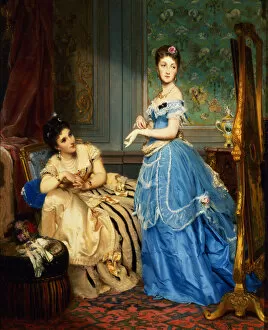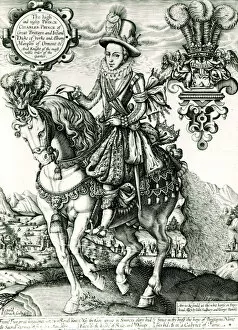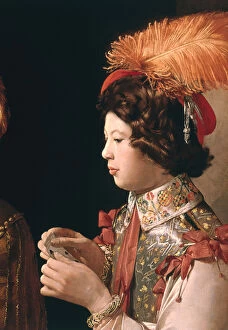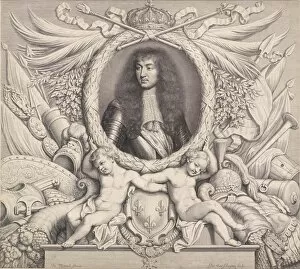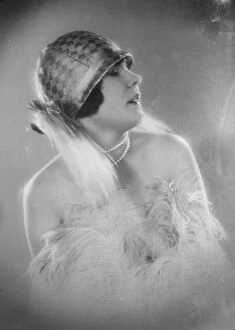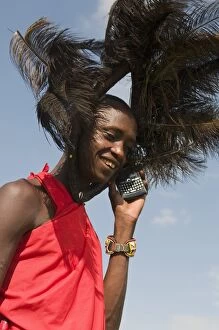Ostrich Feathers Collection (#9)
"Captivating Ostrich Feathers
For sale as Licensed Images
Choose your image, Select your licence and Download the media
"Captivating Ostrich Feathers: A Timeless Symbol of Elegance and Power" From the grand portraits of historical figures like Field Marshal Lord Roberts to the mythical heroes depicted by Hendrik Goltzius, they have long held a place in art and culture. These magnificent plumes, with their graceful curves and ethereal softness, have been used throughout history to adorn garments and accessories, symbolizing status, strength, and beauty. In Lucas Cranach the Elder's masterpiece "Saint Maurice, " we see the regal figure adorned with a majestic ostrich feather headdress, signifying his noble stature. Similarly, in the 19th-century depiction of "A Wellington Boot- or the Head of the Armye, " an imposing military leader proudly wears an ostentatious hat embellished with these luxurious feathers as a mark of authority. But they can not limited to formal occasions alone. In more lighthearted depictions such as "The Featherd Fair in a Fright" or Kate Carney's Lambeth Walk performance at London's music hall, they add a touch of whimsy and playfulness to entertain audiences. Beyond artistry lies cultural significance. The Pokot warriors celebrate their Atelo ceremony by adorning themselves with cheetah skin while surrounded by young women; here too, ostrich feathers find their place amidst this vibrant display of tradition and community spirit. Even fashion has embraced these enchanting plumes. Princess Charlotte Augusta dons them gracefully in her 19th-century portrait captured by Henry Thomas Ryall while Mrs. Bryan Cooke exudes elegance wearing an exquisite gown accentuated by delicate feather details created by George Romney. Throughout centuries and across continents, from Renaissance engravings depicting male costumes to pochoir prints showcasing Les Belles Sauvagesses de 1920 or Le Depart pour le Casino pub. , they have remained timeless symbols of allure and grandeur.


